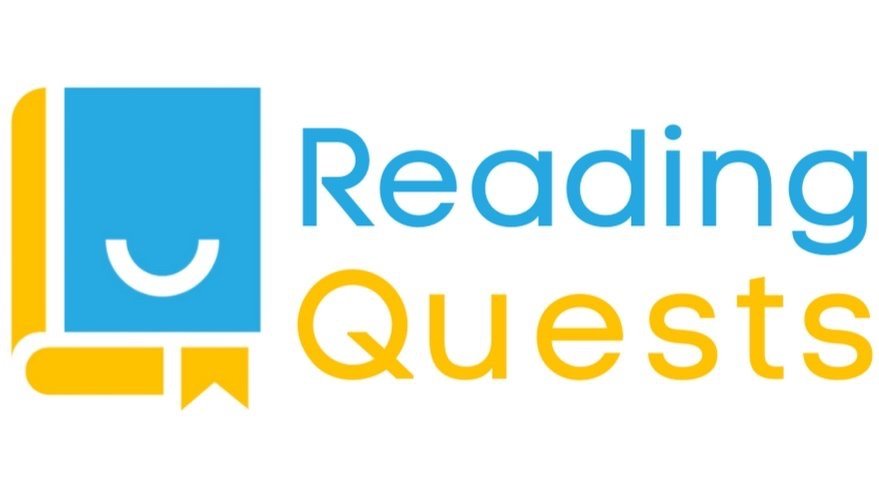How to Motivate Your Child to Read - Reading Rewards Programs Work
Top 3 Takeaways on Reading Rewards Programs
Reading incentive programs are one of the most effective ways to help non-readers see the value of reading.
Structure reading incentive programs in a way that rewards good reading habits and encourages children to read at level books.
If done correctly, reading incentive programs will eventually create an intrinsic desire to read.
Would you, could you … use incentives for reading? Well, I’ve seen incentives used in my child’s school and also in public libraries and bookstores. But would it work if I tried it at home?
After some research, I’ve come to the conclusion that reading reward systems can change a child’s behavior and get even the most reluctant reader to develop a habit of reading.
The best news is, reward systems can be implemented fairly quickly and work for learners of all ages!
Studies have proven there is a direct correlation between the amount of time that students spend reading and their reading growth. The more a student reads, the better they become at reading. These programs rely on extrinsic motivation to encourage students to read more books.
Reading incentive programs are especially critical for students at the middle school level. Research shows that as students move from elementary to middle school, the motivation to read often decreases as well as significantly.
This is especially true for children who did not have parents who fostered a love of reading by reading aloud to them and modeling reading as a fun and engaging activity.
When these children reach middle school, they often view reading as a nonessential activity and struggle to see the value in participating in reading.
This creates an urgent need for reading incentive programs at the middle grade level to ensure students develop and maintain healthy reading habits, thus increasing reading achievement.
So how do we create reading reward programs that work?
Since the purpose of these programs is to promote strong reading habits and increase reading, we want to make sure that we do not accidentally incentivize poor reading habits.
For example, if we place the emphasis on the number of books read instead of the time spent reading, we might inadvertently be encouraging children to skim through books or to pick easy books that they can finish quickly.
To avoid this, the incentives should be tied to the books themselves and to the time spent reading.
When introducing the reward program, it must be clear that children will receive rewards for reading books at, or above, their reading level.
It should also be clear that they do not have to rush through books to earn a reward. Include small and immediate incentives for reaching daily or weekly time goals. For example, children can be rewarded for every hour they spend reading an at level book or for reading for half an hour five days in a row.
Three things to consider when creating a reading incentive program
Decide on the reward mechanism
Reading reward programs do not have to be complicated. They can be as simple as printing out a weekly reading log and a punch card. When children turn in a completed weekly reading log, they get a punch card and a certificate. They can also get an additional punch when they finish an at level book. Once they get five punches, they get a prize.
The prize can be whatever you choose. The motivation is even more powerful if you sit down with your child ahead of time to discuss the type of prize(s) to use for incentive.
2. Be sure to agree on what an “at level” book is
My eleven year old would keep reading a bunch of kindergarten books just to get punches if I let her! “At level” books should challenge the reader without being so difficult that your child becomes frustrated. Remind your learner that they will only be rewarded for books that are at, or above, their reading level.
Learners can use the five finger rule for reading to select at level books. Have them read through a page of a book. As they read, have them hold up a finger every time they come across an unfamiliar word.
If they read through a page without coming across any new words, the book is probably too easy. If they find five or more new words, the book might be too challenging.
If they raise two or three fingers, that book is at just the right level to help them grow as readers without being too difficult for them to understand.
3. Use rewards that are related to reading
A recent study showed that incentive programs work best when the rewards are connected to reading. When students were rewarded with things like food and gift certificates, they quickly lost interest in reading and the programs failed.
However, students responded positively to reading-related prizes. Children can be rewarded with books, trips to the library, read alouds, and additional sustained silent reading time. These types of rewards help to promote the idea that reading is fun. They help children to see reading as its own reward and allows them to build an intrinsic love of reading.
Reading incentive programs are an excellent way to help children build a habit of reading. The more that they read, the better readers they will become.
If your learner is struggling to see the value of reading, try implementing a reading reward program to help them develop a love of reading.
Have fun reading!





